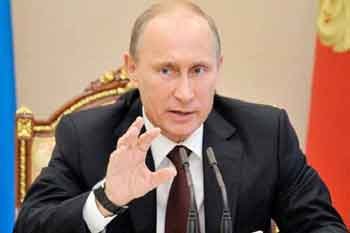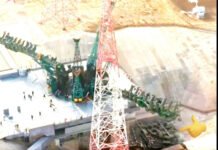” Read the escalating global tensions and economic challenges forecasted for the next five years. Discover insights on the Russia-Ukraine conflict, Iran-Israel rift, Red Sea piracy, and more ”
A World on the Edge of Conflict
As global tensions rise, the coming five years could be some of the most challenging the world has seen in decades. According to India’s Foreign Minister S. Jaishankar, the international community is standing at the brink of war, with increasing instability across various regions.
The Ongoing Russia-Ukraine Conflict and Its Global Impact
The Russia-Ukraine war, now over two and a half years long, continues to be a major source of military tension. This conflict has significantly influenced global economics, particularly in West Asia, where the consequences are being felt acutely. The war has also led to broader geopolitical unrest, with Southeast Asia experiencing its own wave of instability.
Economic Challenges Deepen Amid Global Unrest
The economic impact of global conflicts cannot be overstated. Rising fuel and fertilizer prices, driven by the Russia-Ukraine war, are just the tip of the iceberg. Countries worldwide are grappling with severe economic challenges, from foreign exchange shortages to increasing difficulties in conducting business. The current global environment is one where development is hindered by numerous obstacles, making economic recovery a daunting task.
Climate Change: An Exacerbating Factor in Global Unrest
Compounding these issues is the ever-growing threat of climate change. The environmental crisis adds another layer of complexity to the already precarious global situation. With every passing day, the challenges posed by climate change become more pronounced, demanding urgent action while the world struggles with ongoing conflicts and economic downturns.
Rising Military Tensions: The Iran-Israel Conflict
Military tensions are also rising between Iran and Israel, with economic implications spreading far beyond the immediate region. The rift between these nations is gradually transforming into broader economic challenges that could further destabilize the global economy. As these tensions grow, the world is forced to confront the possibility of even greater economic disruptions.
Red Sea Piracy: A Growing Threat to Global Commerce
In addition to these challenges, piracy in the Red Sea is becoming an increasingly significant threat. Fighters from the Iran-backed Houthi militia are targeting commercial ships, escalating the risks to global trade. This situation is no longer a distant news headline—it’s a growing crisis with potentially devastating consequences for international commerce.
The Uncertain Future of Global Leadership
While much remains uncertain, one thing is clear: the next five years will test the resilience of nations worldwide. Jaishankar’s cautious optimism reflects a broader recognition of the need for solutions that address the root causes of these conflicts. However, the road ahead is fraught with challenges, and the world must brace itself for what lies ahead.
In the face of such uncertainty, global leaders must navigate these tumultuous waters with care, working together to mitigate the risks and find paths to stability. Whether the next phase of global history will be defined by war or peace remains to be seen, but the coming years will undoubtedly shape the future of international relations in profound ways.
















